Advanced Liposuction Techniques in New York City: Achieve Naturally Sculpted Contours
Book an Appointment

Ready to finally conquer stubborn fat once and for all?
Take the first step by contacting acclaimed NYC plastic surgeon Dr. Darren Smith about liposuction today.
As a leading board-certified plastic surgeon in NYC, Dr. Smith has the artistic eye, surgical skills, and commitment to patient care to help you achieve the refined, contoured body you desire.
At his elegant Manhattan practice, your bespoke transformation is his number one priority. With advanced techniques, a customized treatment approach, and a spa-like surgical center, Dr. Smith redefines what liposuction can do for your confidence and silhouette.
Contact his Ritz Tower office today to schedule your private consultation and discover why patients rave about his stunning, natural-looking outcomes.
What is liposuction?
Liposuction is an advanced minimally invasive body contouring procedure that removes stubborn localized fat deposits. This surgical technique acts like a deep cleansing for areas of the body resistant to diet and exercise.
Liposuction can target unwanted fat bulges and sculpt areas all over the body, including the abdomen, thighs, arms, and neck. The result is a more toned and contoured silhouette you can feel confident about.
During this procedure, Dr. Darren Smith will insert a thin tube called a cannula through tiny incisions in the skin. This cannula works like a mini vacuum cleaner, removing excess fat deposits and sculpting problem areas into tip-top shape.
Liposuction can help you drop clothing sizes as well as address stubborn fat bulges and refine your natural form.

Types of Liposuction Procedures
Not all liposuction is created equal. Advances in technology have led to new techniques that allow surgeons to customize results based on your unique problem spots.
Here are some of the most common lipo procedures you’ll find in NYC:
Tumescent Liposuction
Tumescent liposuction refers to a modern liposuction technique in which a large volume of numbing fluid is introduced into the area to be treated with liposuction. In addition to the numbing medicine, this fluid contains epinephrine, a medication that shrinks blood vessels. This, in turn, allows for a large volume of liposuction to be performed with minimal blood loss and minimal bruising.
Liposuction with BodyTite
BodyTite is a minimally invasive procedure, often combined with liposuction, that uses bipolar radiofrequency energy to heat the skin in the treatment area. This heat makes the skin contract, “shrink-wrapping” the skin to the new contours achieved with liposuction.
Laser Liposuction
This technique uses laser energy to liquefy fat before vacuum aspiration. The laser’s heat also stimulates collagen production for smoother skin. This is an older technique, often used for treating smaller areas like the chin, arms, and knees. Dr. Darren Smith prefers more advanced techniques at his Manhattan practice.
Power-Assisted Liposuction (PAL)
A powered cannula is used to vacuum fat deposits with a vibrating motion. This allows the surgeon to remove fat more easily and with greater precision. PAL is commonly used on larger areas like the torso, back, and thighs.
VASER Liposuction
VASER (Vibration Amplification of Sound Energy at Resonance) liposuction uses a titanium want, vibrating with ultrasound energy, to vibrate fat cells free from one another and from connective tissue before it is suctioned from the treatment area.
This results in a more gentle fat removal procedure. The heat generated by VASER tightens the deep tissues, further enhancing the contours we can achieve
360 Degree Liposuction
This comprehensive approach combines different liposuction techniques to treat all problem areas in one surgery. 360 lipo sculpts the entire torso for complete transformation.
It’s like a full lipo makeover! Dr. Smith is able to perform all types of liposuction to customize treatment based on each patient’s unique goals.
The right technique depends on the treatment areas, amount of correction needed, and your cosmetic goals. An experienced NYC
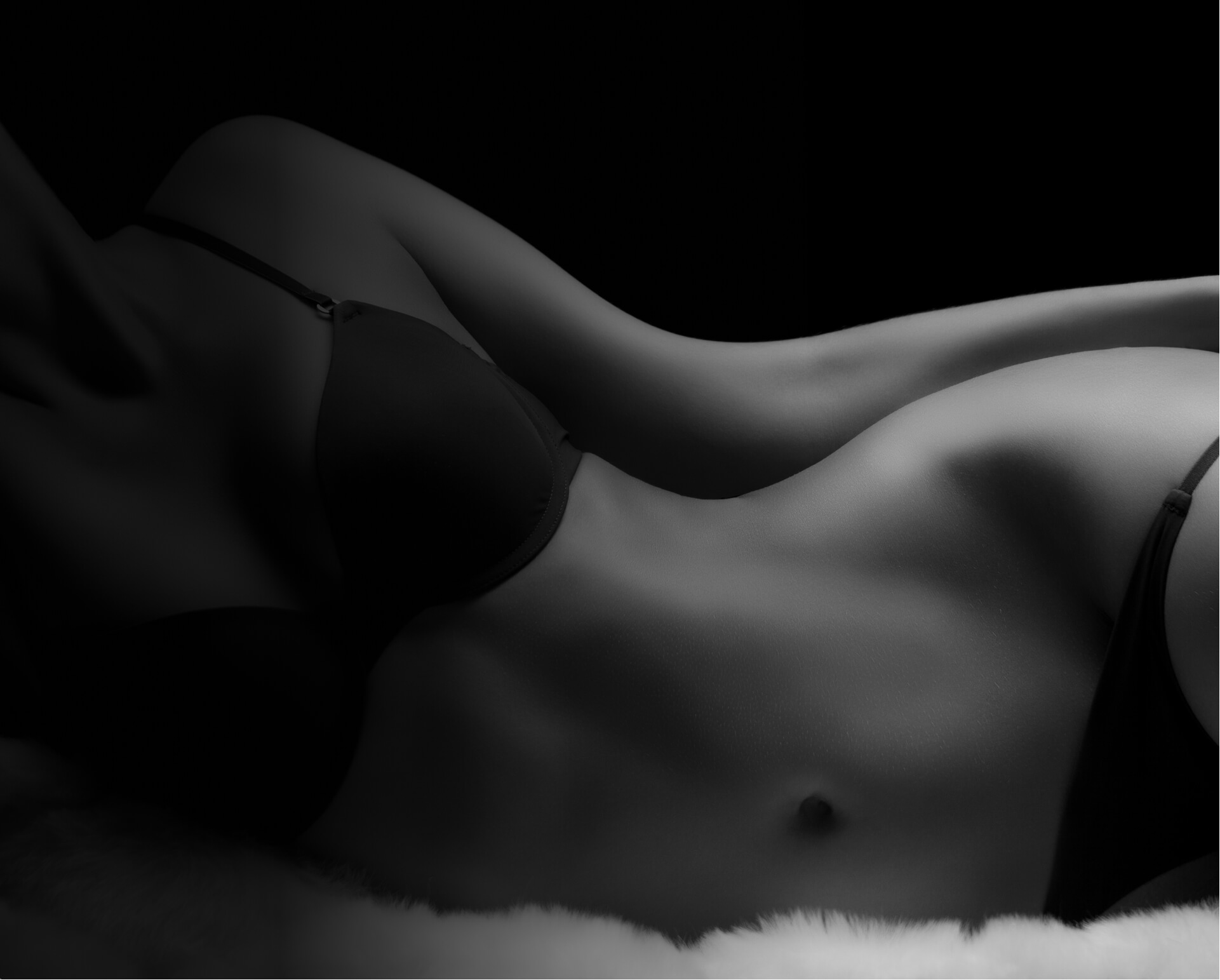
How Liposuction Works
Liposuction is a body contouring procedure designed to enhance your natural silhouette by removing localized fat deposits. Depending on your anatomy and aesthetic goals, liposuction can provide a focussed improvement to local treatment areas or be the basis for a full-body transformation. Here’s a quick rundown of how it works:
Power-Assisted Liposuction (PAL)
The cannula suctions out fat cells from the treatment area. These cells are permanently removed from the body during the procedure
Use of Compression Garments
After surgery, compression garments are worn to facilitate healing. These garments help reduce swelling and allow the skin to adhere to the new body contours.
Managing Excess Skin
The elasticity of your skin plays a role in liposuction results. Those with more skin elasticity will find that their skin “snaps back” to yield smooth, toned results. Those with severe skin excess or sagging skin may need additional procedures like a tummy tuck to directly remove excess skin.
Dr. Smith has gained a reputation for pushing the boundaries of adjacent technologies like VASER and BodyTite to tighten skin and deliver stunning results in many patients that may have thought they needed a tummy tuck or other skin removal operation.
Dr. Darren Smith is a highly skilled surgeon who delivers beautiful, natural-looking results by expertly addressing each patient’s unique anatomy in every liposuction procedure that he performs.
Liposuction slims specific spots that diet and exercise alone can’t fix, and can reshape entire body areas. If you maintain your healthy lifestyle after your liposuction procedure, the fat removal is permanent
Our liposuction is ideal for removing excess stubborn fat in many areas of your body.
Select a body part below to learn more.
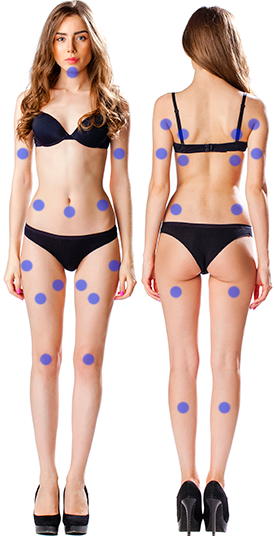

Is Liposuction Right for Me?
Liposuction can be a great option for removing unwanted fat pockets, but how do you know if it’s right for you?
Here are some key considerations:
Am I a Good Candidate for Lipo?
Ideal candidates are close to their target weight, have good skin elasticity, and specific areas of fat they want to reduce. Liposuction works best for people who are in overall good health.
Schedule a consultation with Dr. Darren Smith at his plastic surgery practice in NYC. He will assess your unique anatomy and goals to determine if liposuction is right for you.
Benefits of Liposuction
Lipo offers permanent fat reduction in targeted areas resistant to diet and exercise. This body sculpting can boost self-confidence and allow you to better fit into clothes.
Risks and Side Effects of Liposuction
Swelling and bruising is normal after liposuction, and resolves according to a predictable timeline that Dr. Smith will discuss with you. Potential complications – all quite rare – include infection, bleeding problems, and contour irregularities.
Dr. Smith lectures nationally on improving outcomes and correcting liposuction problems. These issues are quite unusual in our practice, and we will address them should they occur.
Liposuction is generally a very safe procedure when performed by an expert like Dr. Smith.
Dr. Smith will have an honest discussion with you regarding the benefits and risks of liposuction during your initial consultation.
Lipo Recovery and Aftercare
Liposuction will permanently banish those stubborn fat cells, and you can enhance your results by closely following Dr. Smith’s instructions after your procedure.. The recovery and aftercare process is crucial for healing properly and getting the best results.
Liposuction post-operative instructions
Your surgeon will provide specific guidelines for rest, activity, wound care, compression garments, and more. Follow these closely to minimize risks and complications.
Dr. Darren Smith and his team will give you detailed post-op instructions and be available to answer any questions during your recovery period.
Managing pain: Swelling, bruising, and discomfort are normal. Your doctor can prescribe medication to keep you comfortable as you heal. Liposuction with Dr. Smith tends not to be painful. Rather, patients describe the post-operative sensation to the soreness felt after an intense workout.
Expected recovery time: Most patients can return to work within a few days, with a return to a light workout in 4-5 days. We do advise our patients to avoid strenuous activity for 2 weeks. Swelling may take 2-3 months to fully subside.
Potential complications: Call your surgeon right away if you experience signs of infection, blood clots, or excessive swelling/bleeding. These are very unusual occurrences and you will be thoroughly educated about them.
Long-term care: Once healed, be diligent about wearing compression garments as directed and maintaining your results through proper nutrition and exercise.
A little patience goes a long way when it comes to your recovery. Follow your surgeon’s instructions and allow your body the time it needs to heal properly. The results will be worth it!
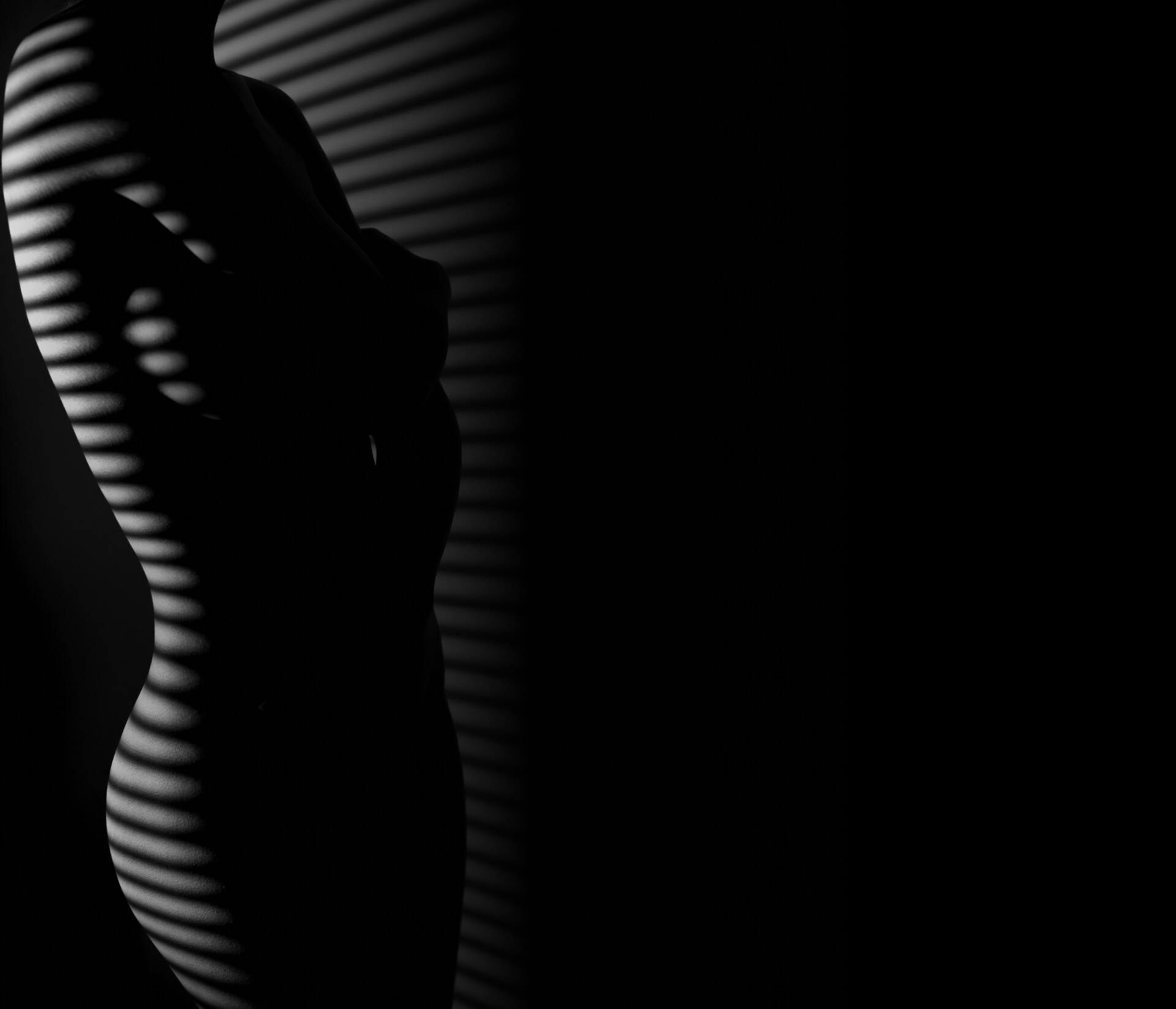
Liposuction Alternatives:
Non-Surgical Options
While liposuction is an effective fat reduction technique, some patients may not be ideal candidates.
There are some non-surgical fat reduction options available that may be reasonable alternatives for some patients. can:
Emsculpt Neo:
This noninvasive treatment combines radiofrequency energy and electromagnetic energy to burn fat and build muscle. This treatment can be a useful body contouring strategy for properly selected patients with reasonable expectations. Multiple body areas can be treated with Emsculpt Neo.
Ultrasound cavitation:
Sound waves are used to disrupt and permanently destroy fat cell membranes. Primary treatment areas are the abdomen, arms, and thighs. In our experience, this is a variably effective treatment.
Injectable Lipolysis:
Compounds like deoxycholic acid can be injected into specific areas like the jowls to destroy fat cells. Several treatments are usually required.
CoolSculpting
This procedure uses controlled cooling to freeze and destroy fat cells without surgery. Common treatment areas include the thighs, abdomen, and back. Due to variable effectiveness and the potential for significant complications like paradoxical adipose hyperplasia (where fat grows instead of shrinks), we do not recommend this procedure.
SculpSure:
This FDA-cleared laser treatment uses heat to melt away fat cells. It can be used on the abdomen, love handles, back, and inner and outer thighs. Dr. Smith has not been impressed with the effectiveness of this device.
In addition to liposuction, Dr. Darren Smith also provides cutting-edge non-surgical fat reduction treatments like Emsculpt Neo at his practice. He can help you determine the best options for your specific goals. We do not offer CoolSculpting due to the potential for significant complications. Dr. Smith is one of the world’s foremost experts in treating paradoxical adipose hyperplasia.
The advantages of these non-surgical alternatives are little to no downtime, minimal discomfort, and no incisions. However, results are generally less dramatic compared to liposuction. It depends ultimately on your specific goals and needs. Discuss all your options with a board-certified plastic surgeon with expertise in body contouring, like Dr. Darren Smith.
Combining Liposuction with
Other Procedures
While liposuction can target specific fat deposits, some patients combine it with additional procedures for complete body transformation.
Some common examples include:
Liposuction + Tummy Tuck:
Lipo sculpts the abdomen and surrounding areas while a tummy tuck tightens loose skin and abdominal muscles. This combo treats the midsection from all angles.
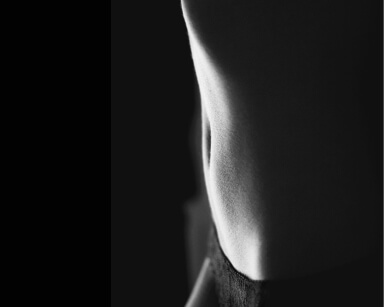
Liposuction + Facelift:
Refining certain facial features with lipo can complement a facelift. Together, these procedures restore a youthful yet natural facial profile.

Liposuction + Brazilian Butt Lift:
For women wanting to reduce fat in areas like the abdomen and then transfer that fat to augment the buttocks.
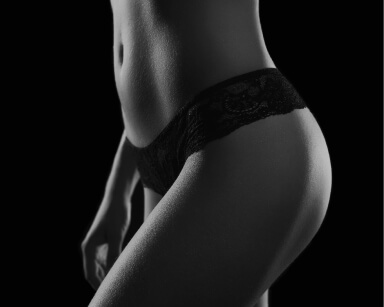
Liposuction + Breast Augmentation:
Reducing fat around the torso or armpit area can complement a breast augmentation. Improving breast and chest contour creates beautiful balance.

Liposuction + Fat Transfer to the Breasts:
This combination can refine the torso’s curves while offering a natural strategy for breast augmentation.
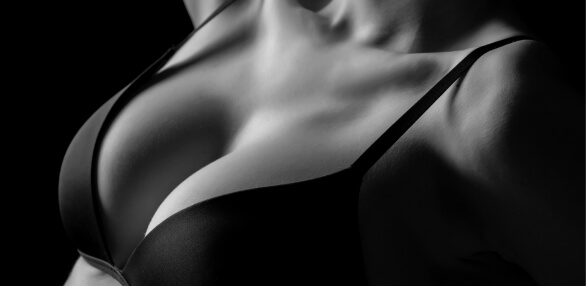
Dr. Darren Smith frequently combines liposuction with procedures like tummy tucks, breast augmentations, and more to help patients comprehensively enhance their figures.
Combining procedures allows patients to address multiple concerns at once while customizing the areas emphasized. Make sure to discuss options with your plastic surgeon like Dr. Darren Smith to determine the optimal surgical plan for you.
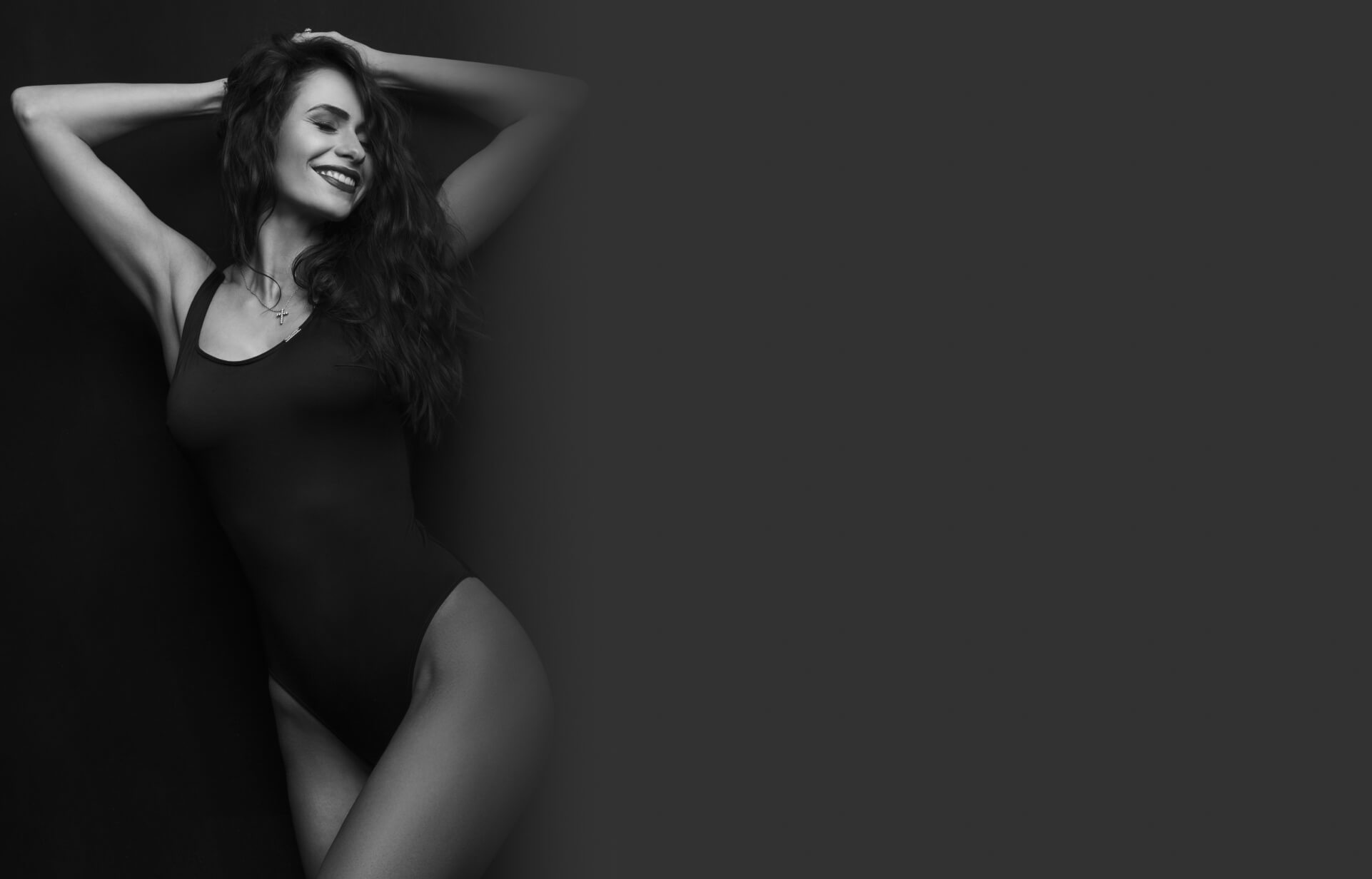
Liposuction Long-term Maintenance and Lifestyle Changes
Liposuction permanently removes fat cells from treatment areas. But adopting healthy lifestyle habits is key for maintaining your results long-term.
Here are some tips:
Dr. Darren Smith provides each liposuction patient with a customized plan for maintaining their beautiful results through nutrition, exercise, and follow-up care.
While the initial slimming is done in the operating room, lasting success depends on your commitment to living a balanced, healthy lifestyle from the inside out.
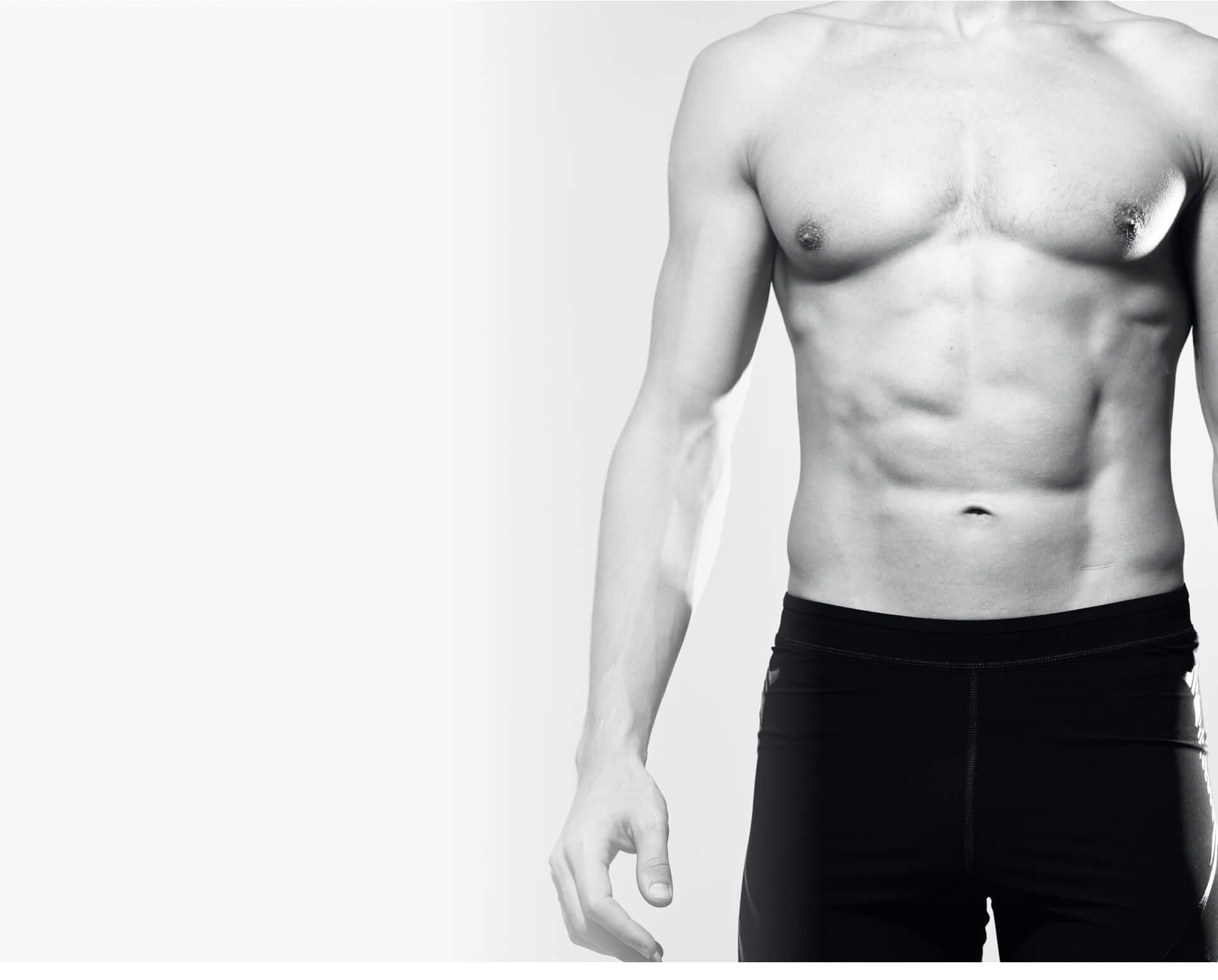
Liposuction for Men: What You Need to Know
Slimming down bothersome fat deposits isn’t just for the ladies. More and more men are seeking body contouring with liposuction too.
Common treatment areas for men include:
Love handles and abdomen:
Stubborn fat around the midsection that won’t budge with crunches. Lipo can create a slimmer, tighter waistline.
Breast tissue:
For some men, diet and exercise alone can’t conquer “man boobs.” Lipo surgically sculpts a masculine, toned chest. In some cases, removal of breast tissue or skin excess may be necessary for best results.
Neck:
Liposuction under the chin tackles double chins and creates a chiseled jawline.
Dr. Darren Smith frequently performs liposuction on male patients wishing to eliminate love handles, prominent male breasts, neck fat, and other bothersome areas.
The technique may differ slightly between men and women. Men’s skin is generally thicker with better elasticity. The fibrous fat common in male problem areas also requires specialized tools.
Male lipo candidates should be near their ideal weight, in good health, and have realistic expectations about results. While recovery is similar, your surgeon can advise if extra preparation is needed.

The Importance of Aftercare in Liposuction
The procedure may be over, but liposuction aftercare is crucial for proper healing and optimal results. Here’s what to expect:
Dr. Darren Smith and his staff will closely monitor you throughout the entire liposuction process – from pre-op planning to aftercare – to ensure the best possible results.
Liposuction aftercare extends well beyond the immediate recovery period. Caring for your changing body and new contours takes diligence and commitment. Following your doctor’s orders helps ensure your liposuction investment pays dividends for years to come.
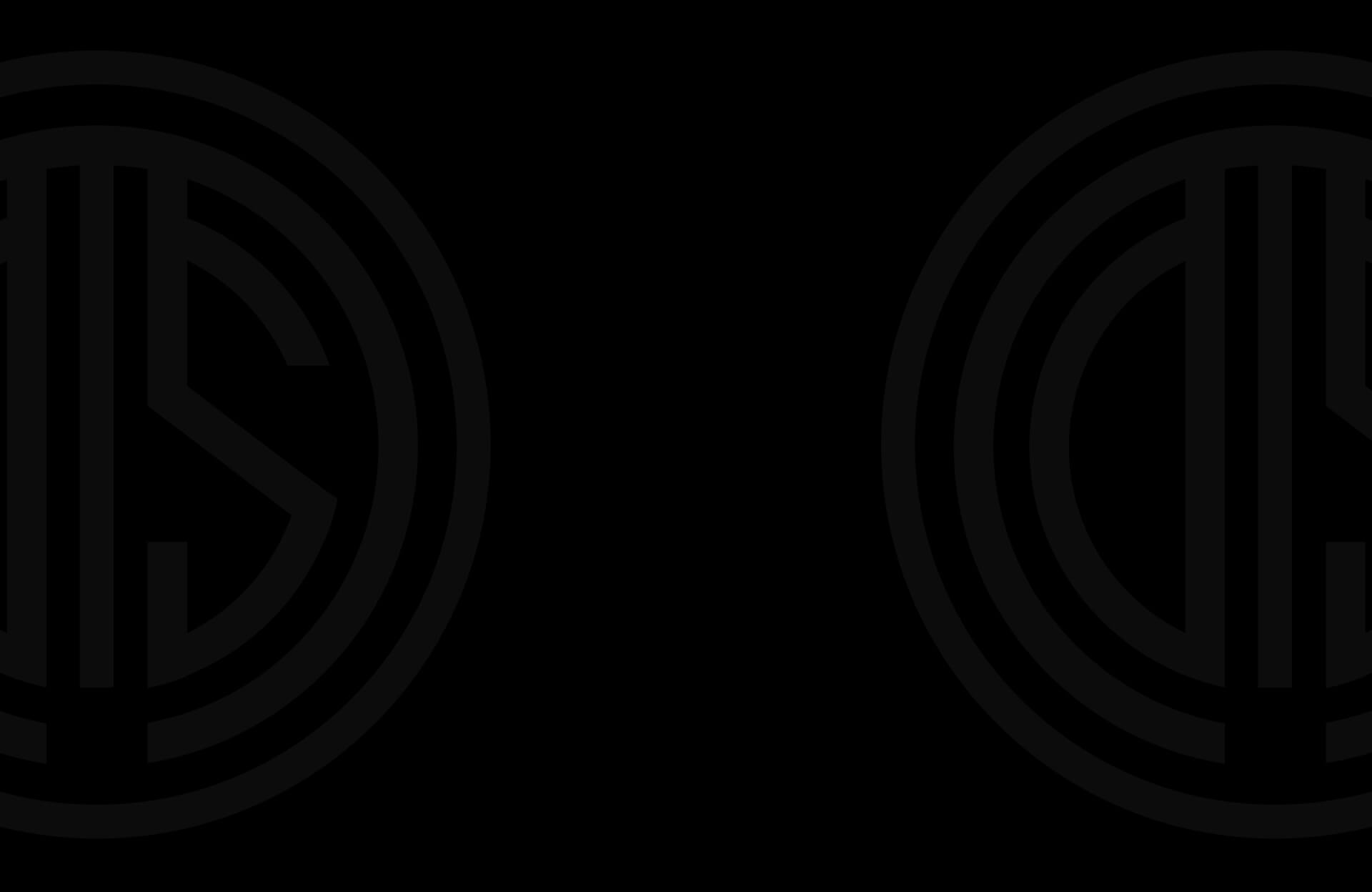
Liposuction Cost and Results
The cost of liposuction can vary significantly based on factors like:
Surgeon’s experience:
Extent of treatment:
Anesthesia fees:
Location:
The average cost of liposuction in the United States ranges from $2,000 – $8,000. But it’s not unusual for extensive procedures to cost $10,000 or more.
As for results, liposuction can either target specific areas or provide dramatic full-body transformations. Results are not instant, as it can take time for swelling to resolve and skin contraction to occur. Exciting changes are generally visible after one month, with nearly-final results visible at approximately three months.
During your consultation at his practice, Dr. Darren Smith will provide cost estimates specific to your customized treatment plan and help set realistic expectations for improvements.
Preparing for Your Liposuction Procedure
The preparation process is an important part of your liposuction journey. Here are some tips to get ready:
Have a pre-op exam
to assess your health and medical clearance for surgery if advised by Dr. Smith.Address any conditions needed to reduce risks.
Stop smoking
at least 6 weeks before surgery to optimize healing. Smoking impairs circulation.
Adjust medications
per your doctor’s instructions. Blood thinners, aspirin, and certain supplements must often be stopped.

Arrange a ride home
from surgery and someone to stay with you the first night. You will be groggy from anesthesia.
Stock up
on recommended recovery supplies like compression garments, bandages, soft foods, gentle toiletries, etc.
Make arrangements
for childcare, pet care, time off of work, and any other assistance you’ll need during the recovery period.

Minimizing Risks and Complications
While considered a very safe procedure when performed by an experienced board-certified plastic surgeon like Dr. Smith, liposuction, like any procedure, does carry some risks. Here are tips to minimize the chances of complications:
Dr. Darren Smith takes every precaution to minimize risks and provide the safest liposuction experience possible at his state-of-the-art New York surgical center.
While problems are rare in experienced hands, it’s important to be an informed and compliant patient. Your participation in safe liposuction is just as crucial as your surgeon’s skills.

Unhappy With Unwanted Bulges? Contact Dr. Darren Smith Today
Looking and feeling your best starts with one call to Dr. Darren Smith. Find out how liposuction can provide the body transformation you’ve been waiting for.
During a private consultation at his elegant Manhattan practice, he will listen to your concerns, assess your individual needs, and design a customized treatment plan to bring out your best silhouette.
With advanced surgical techniques, a refined artistic eye, and a patient-first approach, Dr. Smith consistently delivers natural yet transformative liposuction results.
Schedule your consultation now to experience the difference world-class plastic surgery can make.